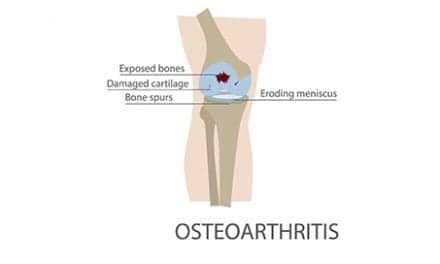A literature review that appeared recently in the Journal of the American Academy of Orthopaedic Surgeons suggests that the stage of a woman’s pregnancy needs to be considered when the mother and fetus receive orthopaedic trauma care.
“Awareness and knowledge of maternal physiology and anatomy, radiation procedures and risks, teratogenic agents [ie, infections, chemicals and drugs] and proper surgical techniques can significantly improve maternal outcomes without jeopardizing fetal health,” says lead author Nirmal Tejwani, MD, an orthopaedic trauma surgeon with NYU Langone Orthopedics, in a media release from American Academy of Orthopaedic Surgeons.
“When pregnant women sustain fractures, two lives must be simultaneously treated throughout the entire process,” Tejwani adds, noting that fetal monitoring before and during any surgical procedure, and a collaborative team of well-trained specialists, are essential for optimal patient outcomes.
“Under fetal monitoring before and during surgery, a 22-year-old woman—who fractured her right shin bone while 6 weeks pregnant—underwent anesthesia and a successful fracture repair. Her fracture healed satisfactorily in 3 months, and she was able to later deliver a healthy baby at term.”
The health of the mother is always prioritized over the fetus in orthopaedic trauma care, Tejwani explains.
“Surgery should be delayed, if possible, until after delivery of the newborn to minimize any risk of harm. Sometimes, the fetus may be delivered before fracture fixation if near term,” he continues in the release.
In the literature review, pregnant patients with orthopaedic trauma were compared with non-trauma pregnant patients.
According to the findings, pregnant patients with orthopaedic trauma have a greater likelihood to deliver prematurely in gestation weeks 24 to 33 (17% versus 3%) and 37 weeks (31% versus 3%). Their greatest likelihood to deliver prematurely occurs if they previously fractured their pelvis.
In addition, such patients have a 15% higher rate of delivery by cesarean section, with a higher likelihood if they previously fractured their pelvis, and more frequently delivered their babies on admission (34% versus 13%).
[Source(s): American Academy of Orthopaedic Surgeons, Science Daily]





